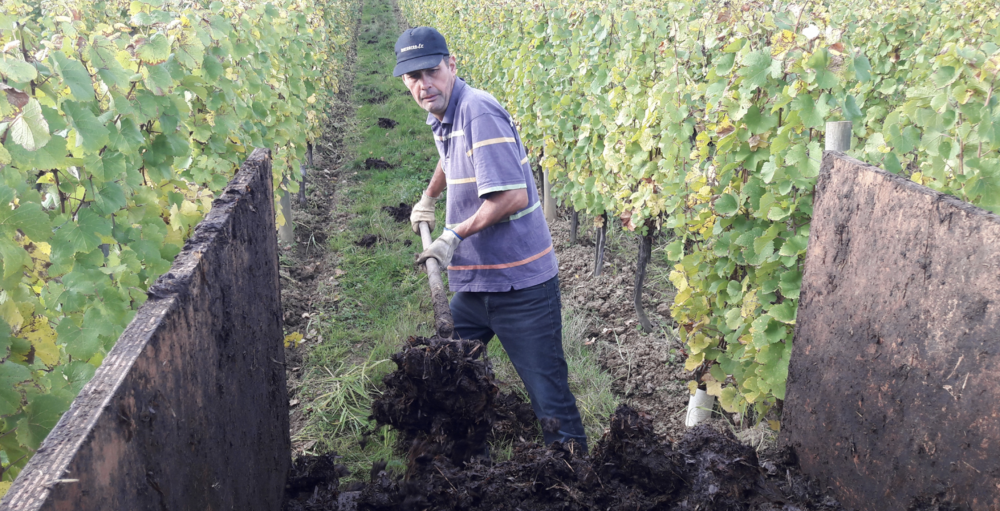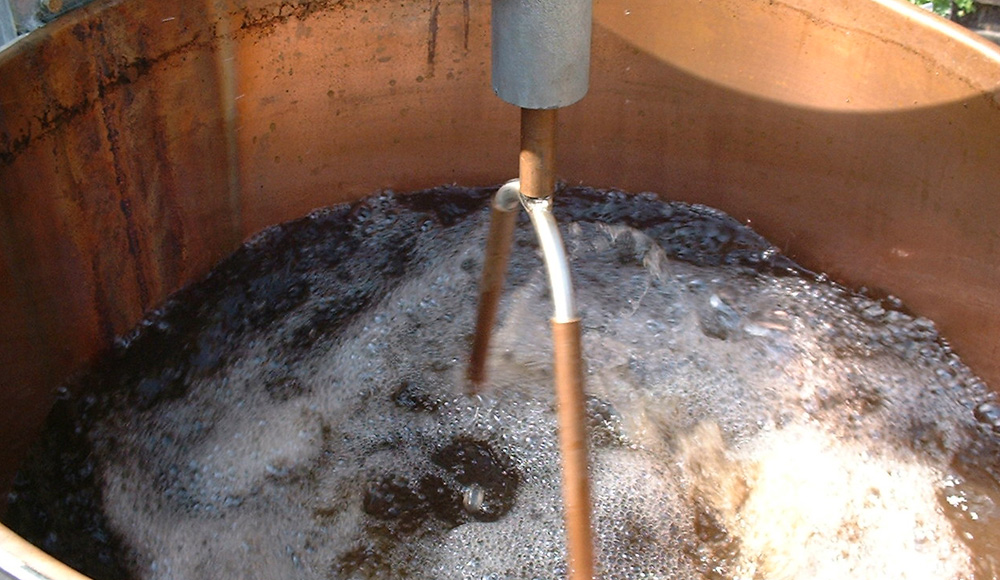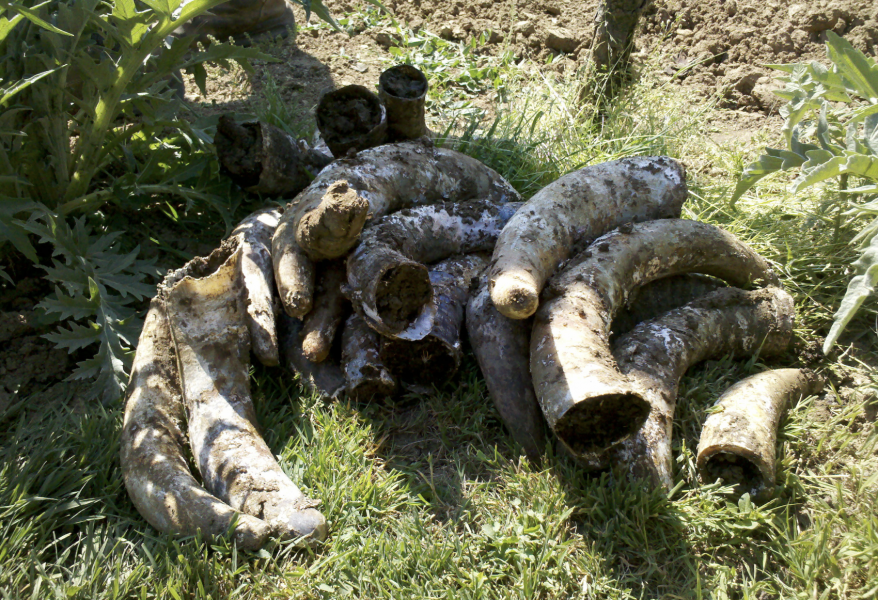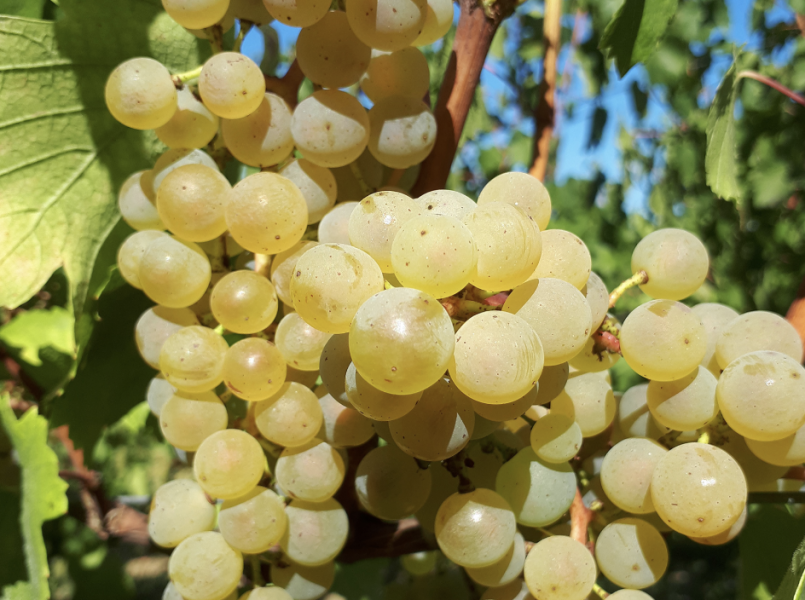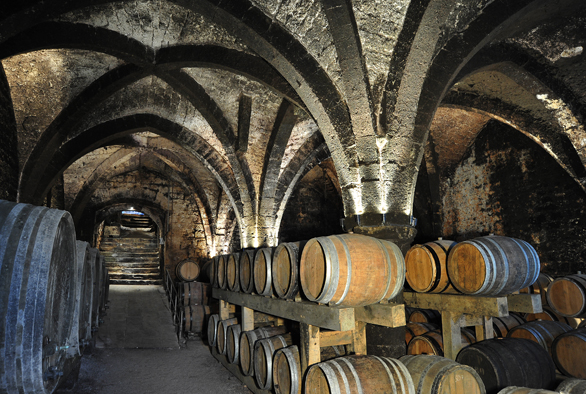Domaine Pignier is an estate steeped in history dating back to the 13th century when Carthusian monks first started making wine in the village of Montaigu. After the French Revolution, the monks were forced into exile, and the estate was sold to the Pignier family in 1794. Today, the domaine is run by siblings Jean-Etienne, Antoine and Marie-Florence Pignier, who share the responsibilities of the vineyards and winery.
Montaigu is located about 40 km south of Arbois and is part of the Côte de Jura appellation. The vineyards are situated in “reculées” or blind valleys which cut into the Jurassic shelf (basically a “mirror” to the vineyards in the Cote D’Or). This geology, similar to the other top vineyard areas farther north near Arbois, has a diversity of soils including a mix of clay and limestone in various expositions. Additionally, Montaigu's microclimate is well-suited to grape-growing.
Domaine Pignier has the unique position of being the only grower in the village of Montaigu. This provides them with a privileged and unobstructed ability to practice their Biodynamic methods without the influence of competing philosophies or practices of neioghboring growers. It also allows for an incredible plant and wildlife biodiversity (within the rows as well), a key underlying component to a balanced and healthy vineyard ecosystem.
The Pigniers are strongly rooted in Biodynamics – certified by both Demeter and Ecocert - and are one of the few properties to grow, dry and prepare the majority of all of their BD preps and tisanes, using rain water collected by large underground cisterns. They employ a crew of 10 people to fastidiously work the vines and apply the preps on the various parcels that total 15 hectares. This ratio of vineyard worker to hectare is nore common at top estates in much higher-rent appellations as compared to the more humble Jura.
The family produces a range of wines in both red and white, starting with the sous voile (or, "under the veil") wines in both Savignin and Chardonnay. In this traditional vinification technique found throughout the Jura, the wines are aged in barrel for an extended period without topping them up. After fermentation, a thin film of yeast, like the flor in Sherry wines, forms on the surface which protects the wine from oxidation and gives the wines their distinct nutty, Sherry-like aromas. The ultimate sous-voile wine, of course, is the Vin Jaune which is aged for seven years in their cool damp cellars which date from the 13th century. The Pigniers also make ouillé wines, aged in barrels that are topped up as in Burgundy and other regions, in both Chardonnay (called “A La Percenette”) and Savignin (“Sauvageon”). On the red side, they produce wonderful, delicately fruity and perfumed Trousseau and Pinot Noir, as well as minute quantities of Poulsard. And lastly, there are two Crémants de Jura Brut Nature made from 100% Chardonnay and coming from a separate vineyard that produces a brighter, fresher style of wine, more suitable to sparkling and is aged 18 months sur-latte. The Crémant de Jura known as "L'Autre" is 100% pure grape juice -- no yeast, sugar or sulfur is added at any point in its production. To accomplish this, unfermented pressed juice from the current harvest is added to the base wine to create the secondary fermentation (prise de mousse). While this emerging methos is increasingly employed in Champagne (see: Pascal Agrapart and Fabrice Pouillon), it is risky and relatively unexplored in other regions.
The vineyards are pruned very short, with yields on most vineyards between 25-28 Hl/Ha. The grapes are all hand-harvested and fermented with indigenous yeasts. The white wines are fermented in mostly used, 228-liter burgundy barrels (5-10% new maximum), and aged for 12-18 months for the ouillé wines, and three to four years for the sous voile wines. Bottling occurs without filtration. For the reds, the wines are fermented in tank, and then transferred to a mix of mostly used Burgundy barrels and 600-liter demi-muids. They are then transferred to tank after a period of 6-12 months to clarify naturally, and then in general, bottled without fining and filtration. They also make a tiny amount of Trousseau aged in Amphora from one of their top parcels, "Les Gauthières".
The Pignier family is uncompromising in their quest for quality and they have a textured, refined and delicious array of wines to prove it. Quantities are limited and we take what we can get. You should too!
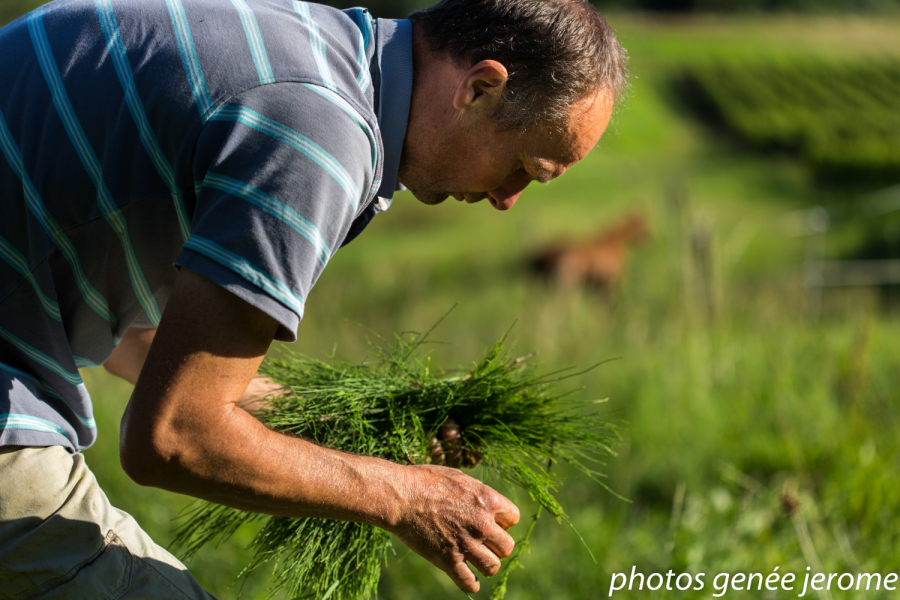
At a Glance
- The historic Domaine Pignier can trace its roots back to the 13th century in the village of Montaigu, which is located 40 km south of Arbois in the appellation Côtes du Jura.
- The vineyards are in blind valleys that cut into the Jurassic shelf, and are composed of a diverse array of clay-limestone soils. The Pigniers are deeply devoted to natural viticulture – certified by both Demeter and Ecocert – and with the only plantings in the village, they happily farm without the influence of surrounding domaines (that might not be like-minded).
- The range of wines includes the traditional varieties of Chardonnay, Savagnin, Trousseau, Poulsard and Pinot Noir. The Pignier’s natural approach is carried into the cellar with the use of indigenous yeasts, aging in cold, underground 13th century cellars (in combo of barrels, demi-muids, foudres and concrete eggs), minimal use of sulfur, and no fining or filtration. Purity is the name of the game at Pignier!
